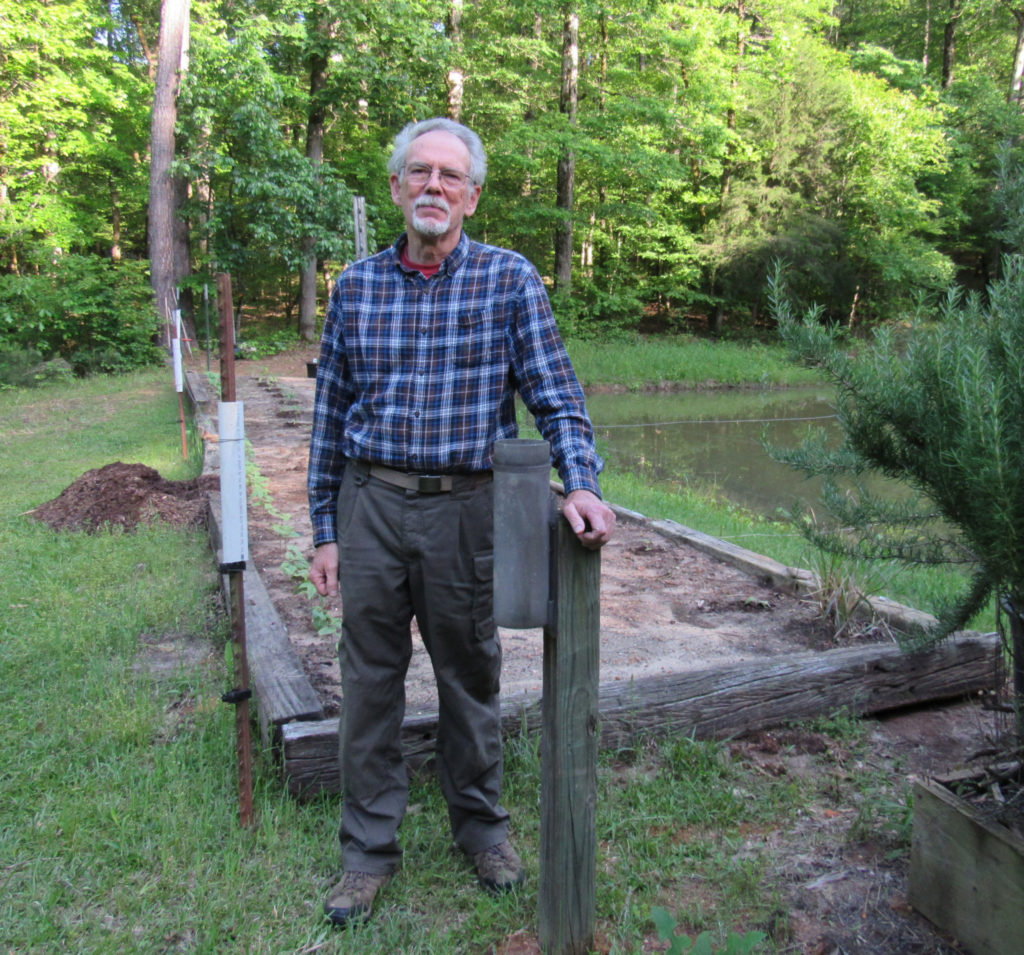
Editor’s note: CoCoRaHS celebrated another honor this spring. The organization was selected to receive the 2019-20 CSU Distinguished Community Engagement Scholarship Award. The award, jointly established by the Office of the Provost & Executive Vice President and the Office of Engagement, recognizes a community-university partnership with a long-term record of sustained impact, achievement and scholarship. Nearly 30 partners from across the country and Canada signed a letter supporting CoCoRaHS’ nomination. The National Weather Service submitted a second letter of support.
A citizen science movement based at Colorado State University hit a major milestone Sunday. The Community Collaborative Rain, Hail and Snow network, known as CoCoRaHS, collected its 50 millionth daily precipitation report, a record 22 years and more than 48,000 volunteers in the making.
Kelby Ouchley, a retired wildlife biologist from Union Parish, Louisiana, logged the 50 millionth report. Ouchley has measured more than 700 inches of rainfall since he became a CoCoRaHS volunteer in 2009.
“I’ve always been a science data type of guy,” Ouchley said. “CoCoRaHS has an easy-to-use platform that allows me to store information with minimum effort. I also like the idea that my data are accessible for anyone to use.”
Ouchley, who writes natural history books, said recording weather data on a daily basis keeps him in tune with his environment on the edge of the D’Arbonne Swamp.
Modest beginnings
When then-Colorado State Climatologist Nolan Doesken founded CoCoRaHS in 1998, he never imagined it would reach this point.
“In the very beginning, we just wanted to do a better job of tracking local variations in rainfall here in Fort Collins and Larimer county,” Doesken said. “The Fort Collins flood of 1997 had so dramatically shown the deficiencies of the observations system at that time.”
Following the devastating flood that claimed five lives, Doesken envisioned a better system that would regularly capture accurate precipitation amounts, which can vary wildly from one neighborhood to the next. Volunteers were recruited to measure rainfall totals in their respective backyards and record them online, a novel concept at the time.
The system worked so well and the volunteers were so engaged that many of the original volunteers from 1998 still contribute today. The program, headquartered in the Colorado Climate Center at CSU, currently has more than 20,000 active observers in all 50 states, Canada, Puerto Rico, the U.S. Virgin Islands and the Bahamas. Observers log around 12,000 reports every day, using a simple manual rain gauge to capture the precipitation for each 24-hour period.
“We have learned, and other researchers have confirmed, that manual measurements are much higher in quality than anything we could’ve achieved trying to set up an automated network, and so much less expensive,” Doesken said.
Observations are mapped out in real time on CoCoRaHS’ interactive website. The data are used by NOAA’s National Weather Service, as well as other meteorologists, researchers, emergency managers, farmers, educators, natural resource planners, fishermen, insurance adjusters and many more.
“With each passing year, our data are used in more and more ways, answering more and more questions,” Doesken said. “It’s just really fun to see how useful and how trusted CoCoRaHS precipitation data have become.”
For more information about CoCoRaHS or to join the network of volunteers, please visit the CoCoRaHS information page here.